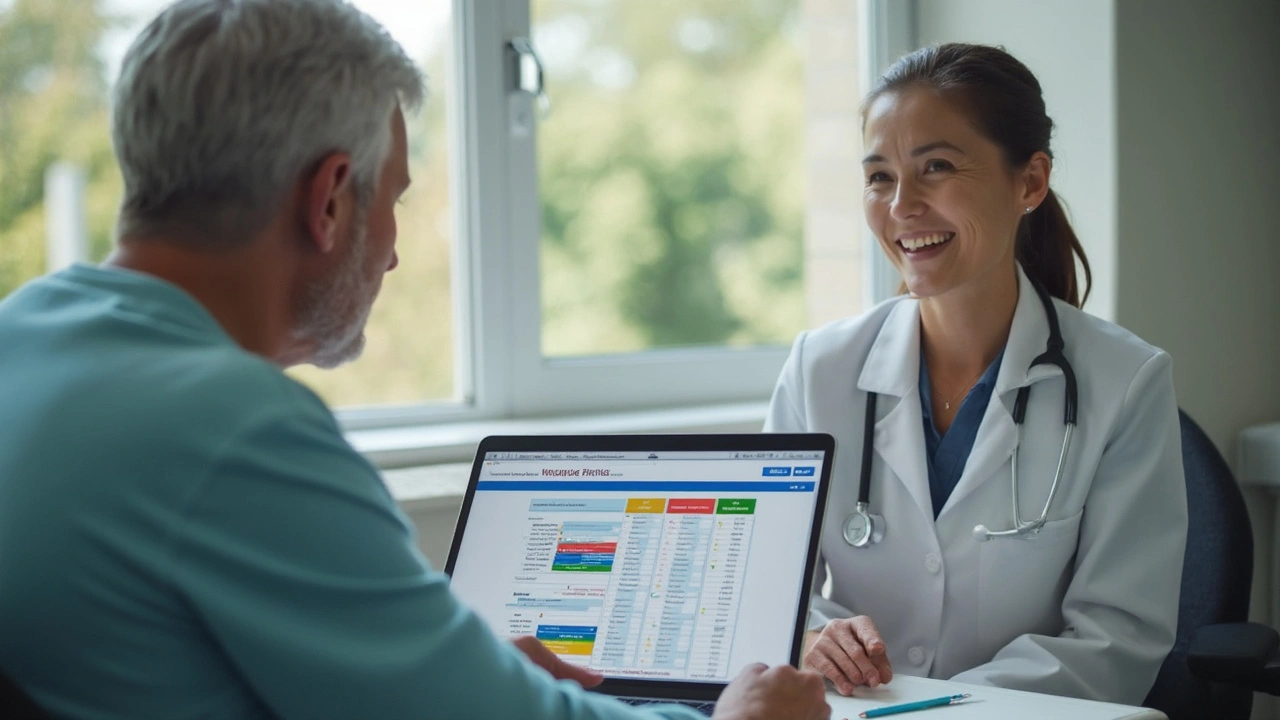Blood pressure medications: what works and what to watch for
Nearly one in three adults deal with high blood pressure. If you need medication, you want something effective that fits your life—and fewer surprises from side effects. This page breaks down the main drug classes, quick examples, and practical safety tips so you can talk to your doctor with confidence.
Common types of blood pressure medications
Here are the main groups and what they do—short and simple.
ACE inhibitors (e.g., lisinopril, enalapril): lower pressure by relaxing blood vessels. Watch for a dry cough and check potassium and kidney function after starting.
ARBs (e.g., losartan, valsartan): similar to ACE inhibitors but less likely to cause cough. Still check potassium and kidneys.
Beta-blockers (e.g., metoprolol, atenolol): slow heart rate and reduce workload. They can cause fatigue or slow pulse—don’t stop them suddenly without medical advice.
Calcium channel blockers (e.g., amlodipine, diltiazem): relax vessel walls and help with chest pain. Some people notice swelling in the legs or dizziness when they stand up fast.
Diuretics (e.g., hydrochlorothiazide, chlorthalidone): help the body get rid of extra salt and water. They’re cheap and effective but can change electrolytes—expect periodic blood tests.
How to pick and use them safely
Your doctor will consider age, other health issues (like diabetes or kidney disease), and meds you already take. A few practical rules you can use today:
1) Monitor at home: use a validated cuff, record readings twice daily for a week before a visit. That gives real data, not one-off clinic numbers.
2) Blood tests matter: many drugs need kidney and electrolyte checks after starting or changing dose—ask when you’ll get tested.
3) Watch for interactions: avoid routine NSAIDs (ibuprofen) with many BP meds—they can blunt the effect or harm kidneys. Also be careful with potassium supplements if you’re on ACEs or ARBs.
4) Pregnancy and planning: ACE inhibitors and ARBs can harm the fetus. If you’re pregnant or trying, tell your provider right away so safer options can be chosen.
5) Don’t stop abruptly: sudden withdrawal—especially from beta-blockers—can cause rapid heart rate or blood pressure spikes. Always taper under guidance.
6) Lifestyle helps: modest weight loss, less salt, regular activity, and cutting back alcohol make medications work better and sometimes let you use a lower dose.
If you’re unsure which class fits you, bring a week of home readings and a list of current meds to your next appointment. A clear BP log plus these tips makes the conversation fast and productive—and helps you stay in control of your treatment.
10 Alternatives to Lisinopril: Options for Managing Your Blood Pressure
Wondering what to do if Lisinopril isn't right for you? This article breaks down 10 real-world alternatives, including how they work, their pros and cons, and what makes each option unique. Find out which blood pressure medication could be a better fit for your needs—from those that don’t mess with potassium to options better for people with other heart issues. Get quick facts, real tips, and a handy chart to compare them at a glance. Make your next doctor visit way easier and less overwhelming.

